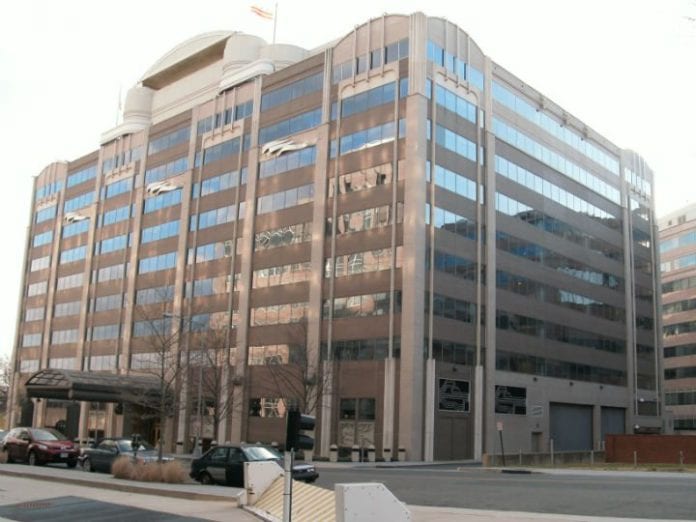The FCC said it expects to wrap up phase three reverse bidding in 600 MHz incentive auction by Dec. 1, with forward auction bids set to begin next week.
The Federal Communications Commission’s plan to goose the domestic market’s move into the “5G” space is set to begin its next move as the government agency said it expects the third forward auction phase of its ongoing 600 MHz incentive auction process to begin Dec. 5.
The FCC said it expects to wrap up the current phase three reverse auction process by Dec. 1, with television broadcasters by that point having stated the financial compensation they want in return for 108 megahertz of spectrum in the 600 MHz band. The FCC will then repackage those assets into 80 megahertz of clean spectrum it will then offer up to the telecommunications space as part of the forward auction process.
“We anticipate that stage three forward auction bidding will begin on Monday, Dec. 5. Forward auction bidders should be prepared for bidding to begin that day,” the FCC noted in an auction announcement.
Stage three is set to include a total of 3,303 blocks of spectrum, each of which with 10 megahertz of capacity. The licenses are to be broken into partial economic area-sized chunks, with each PEA having up to eight blocks of spectrum up for grabs.
The two previous attempts to align financial demands with willingness to spend failed to find a match.
Stage one of the process witnessed broadcasters requesting more than $86 billion for 126 megahertz of total spectrum, with telecom operators halting their bidding for 100 megahertz of clean spectrum at a mere $23 billion. Stage two had broadcasters asking for $56.5 billion for 114 megahertz of total spectrum, which failed to generate more than one round of forward auction bidding from telecom operators.
Analysts have noted the 70 megahertz clearing target is the more likely round in which supply and demand meet, noting the band plan associated with that stage most aligns with repackaging challenges and telecom operator interest.
The 70 megahertz mark also is the magic number for T-Mobile US and other carriers with a dearth of sub-1 GHz spectrum holdings. Pre-auction rules include a set-aside provision that calls for 30 megahertz of at least 70 megahertz of spectrum to be auctioned off outside the reach of companies with a dominate position in sub-1 GHZ spectrum holdings, which among larger operators is limited to Verizon Communications and AT&T.
FCC Chairman Tom Wheeler has repeatedly cited the 600 MHz spectrum as key for 5G work, with the timing on having that spectrum available for commercial wireless services falling in line with plans for broader 5G deployments around 2020.
Bored? Why not follow me on Twitter.

